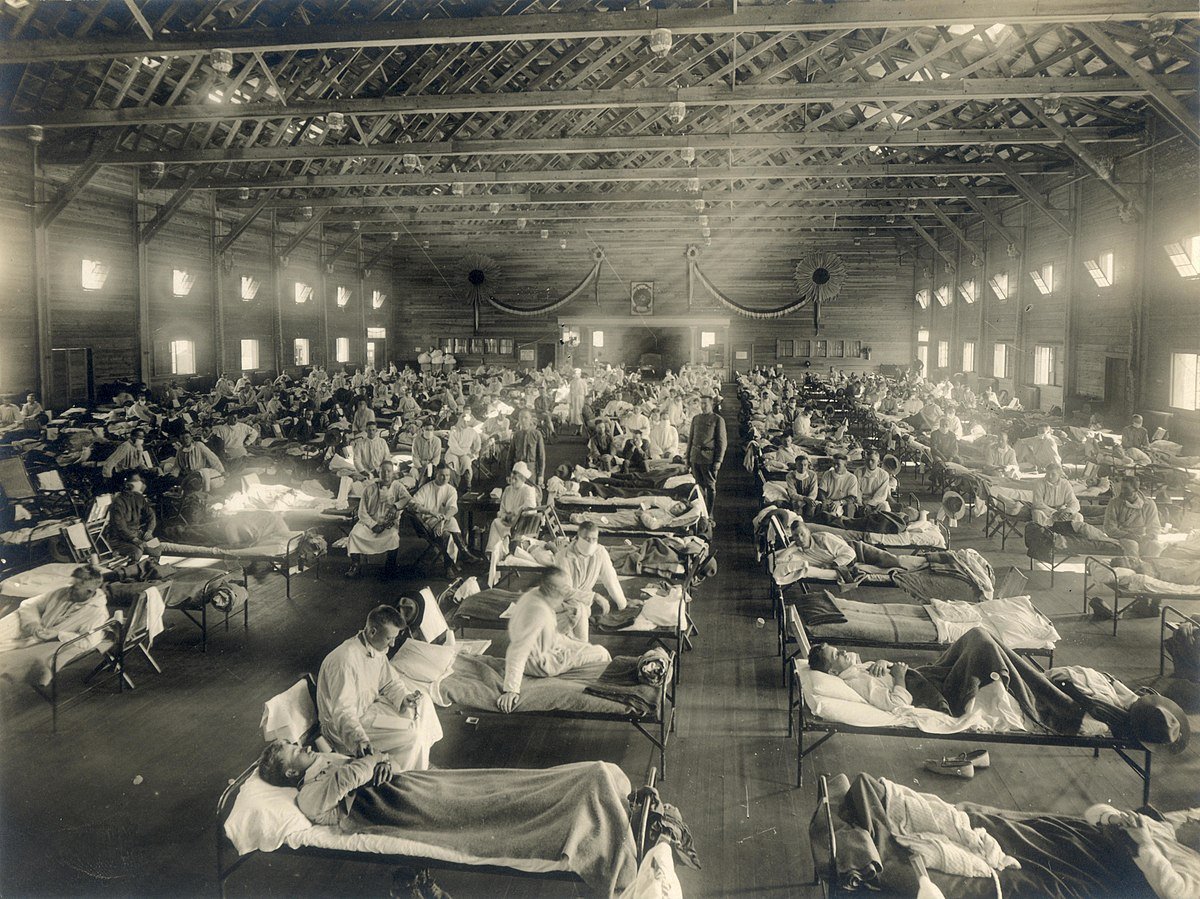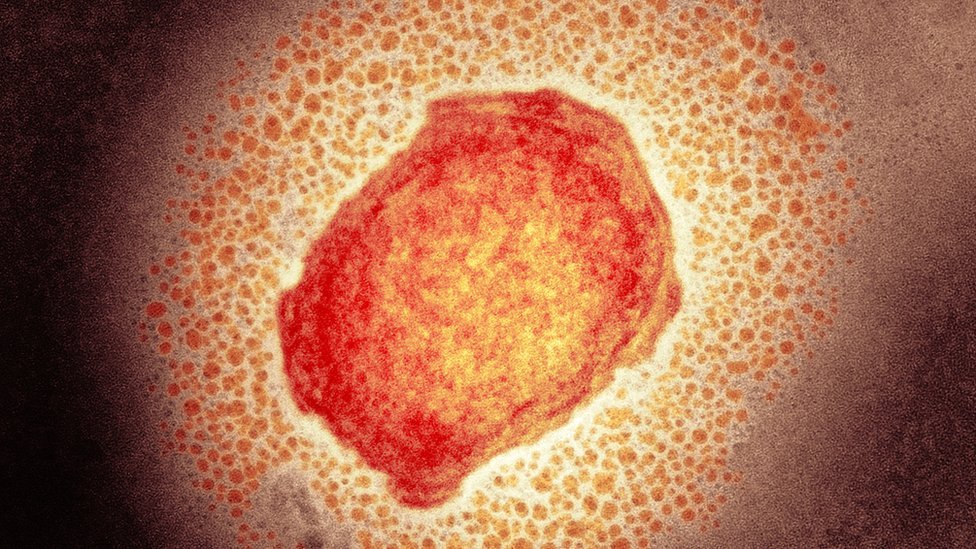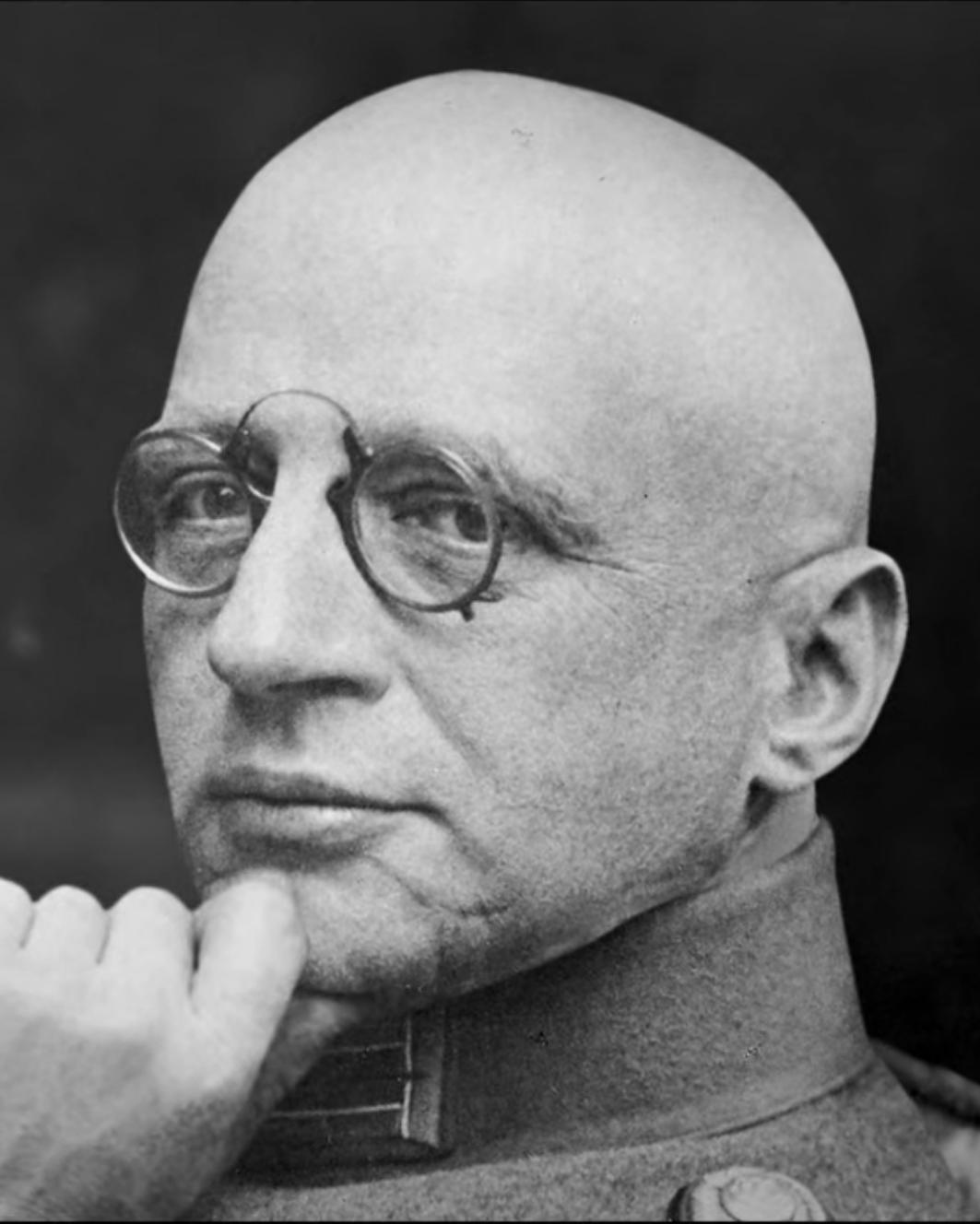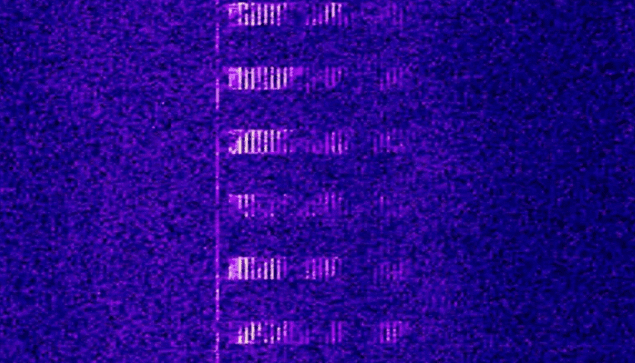The 1918 influenza pandemic, also known as the Spanish flu, the deadliest epidemic in modern times, began in early 1918 and continued in three waves until June 1920. While around 17 million people are known to have died in World War I, more than 50 million people died from this disease. Historical sources say that the Spanish flu, which spread all over the world between 1918 and 1919, was effective in the end of World War I.
The speed at which the epidemic spread and killed was shocking. Quarantine centers, emergency hospitals, mandatory masks and public awareness campaigns were put in place to stop the spread. But it was World War I and millions of soldiers were traveling around the world, helping to spread the disease. In 1918 alone, 675,000 people in the US, 43,000 of them soldiers, died from this unknown disease. Within 6 months, the disease had spread around the world. While native villages in Alaska were completely destroyed, 12 million people died in India.
- Media names the EU members who rejected the gas proposal
- First Planet Discovered by Mathematical Calculations: Neptune
Influenza was a known disease
Influenza epidemics did not affect large geographical areas until the 18th and 19th centuries, when cities began to grow like cancers. The main reason for this was that when people traveled by foot, horse or sailing ships, the transmission rate was not high. With the invention of the steamship and the train, the spread of influenza would accelerate.
Today, many virologists believe that the flu epidemics before the First World War were caused by the exchange of viruses between riders and horses. When the horse lost its importance in human society, pigs and ducks took over the virus banner. Despite their best efforts, scientists were never able to find the strain that caused the 1918 pandemic due to the rapid mutation of the virus.

Why Spanish Flu?
The world called the 1918 pandemic the “Spanish flu”, even though it had no connection to Spain. Spain was a neutral country in World War I and there was no censorship of the press in Spain. In the United States and other belligerent countries, however, news of the pandemic was censored as much as possible in order not to demoralize the public and appear weak to the enemy.
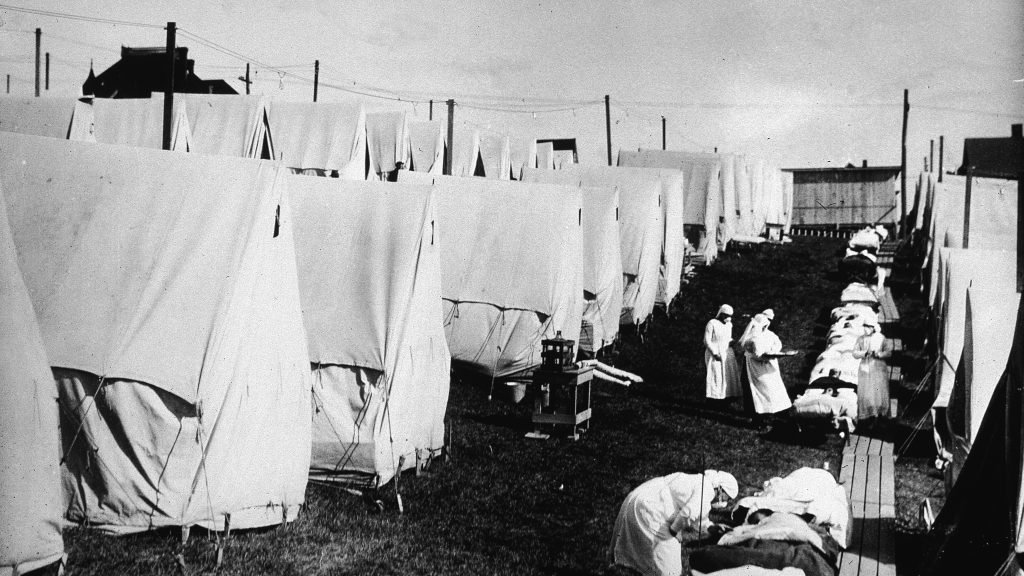
When the world public became aware of the scale of the event thanks to the Spanish media, the epidemic would be called the “Spanish Flu”. Especially when the King of Spain, Alfonso XIII, and the Prime Minister of Spain contracted the flu, the epidemic attracted attention in other countries as well. The newspaper El Sol mentioned the outbreak for the first time in an issue in May 1918.
Source of the Spanish Flu
In addition to Spain, Asia, particularly the USA, Russia and China, has been suggested as the origin of the pandemic, but it is now widely agreed that Spain was not the source of the virus. Today, virologists see Asia – especially southeast Asia – as a dangerous reservoir. Millions of pigs and poultry in the region carry various strains of influenza, and large numbers of people live in close contact with these animals. This view is supported by the fact that many influenza pandemics, including the coronavirus, started in southeast Asia. However, there is no conclusive evidence that the 1918 pandemic originated in Asia and spread around the world from there. The United States is now recognized as the first place where this pandemic originated.
First Identified Cases
The Spanish influenza pandemic unfolded in three waves around the world: March-August 1918 for the first wave, September-December 1918 for the second wave and January-May 1919 for the third wave. The first wave, which began in March 1918 at Fort Riley military base in Kansas, spread across the United States in almost a month. The first wave of the epidemic left Americans with headaches and fevers throughout the spring and summer. The harbingers of the epidemic were young people dying of pneumonia. By the time doctors realized it, American soldiers had already carried the flu to war-weary Europe.
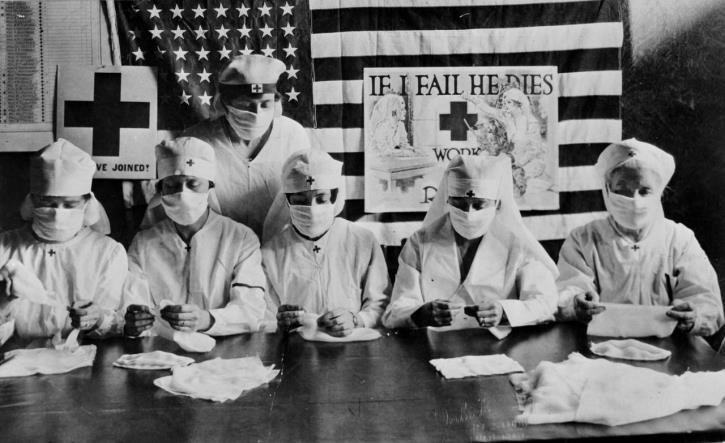
The influenza virus, which had crossed the Atlantic Ocean on continental shipping during the war, was in France by April 1918. From there it spread across Europe. The loss of life in France alone is estimated at around 125,000-250,000 civilians and 30,000 soldiers. The highest mortality rate was in the 25-30 age group. The first wave reached India in May, again thanks to sea traffic.
Wave 2 of the pandemic
The second and deadliest wave of the outbreak devastated Camp Devens outside Boston. One after another, soldiers complained of shortness of breath and fever. At first, the soldiers with these symptoms were diagnosed with meningitis (inflammation of the meninges), but later doctors had to change their minds. Because when they opened the dead soldiers’ chests, they found that the respiratory tract was covered with blood and fluid. Treatment and hygiene facilities were limited in the camp, and penicillin had not yet been discovered at that time.
By September 23, 20,000 soldiers were sick. By October, 12,000 had died. In the United States, which had gone through the June-August period without flu, the virus quickly moved into the interior of the continent thanks to the roads and railways.
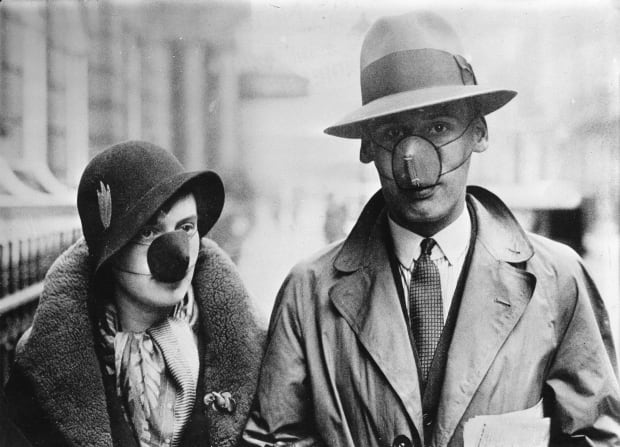
Physicians tried a number of medicines and measures. In France, the possibility that the flu might be bacterial or related to a miasma led to the use of antiseptics to clean the body and public places. Public spaces such as theaters, cinemas, schools, entertainment venues and public transportation systems were closed.
But these were ineffective. Hospitals were full of patients. The best advice given to patients was aspirin, bed rest and good care. But some local authorities were not in favor of public isolation. For similar financial reasons, employers were also reluctant to allow workers to stop work for days at a time.
In October, San Francisco began requiring masks in public places. The San Francisco Chronicle announced it with the announcement “Wear a Mask, Save Your Life.” People wore masks only in their homes and in the restaurants where they ate.

But after a month, interest in the uncomfortable cotton mask faded. When libertarians and smokers finally formed a Mask Violators League, police arrested thousands of mask violators. Whether masks kept the city’s death toll low will never be known. However, the masks did lead to a drastic drop in diphtheria, measles and whooping cough.
H1N1
The virus that caused the Spanish flu was H1N1, classified as Influence A virus. It was only after 1930 that viruses could be observed. Before then, the electron microscope needed to see viruses had not yet been invented. Influenza A would be detected in 1933, Influence B in 1940 and Influence C in 1948. It took until the 1990s to fully understand these viruses. The most interesting feature of the Spanish flu, the largest known pandemic in human history, was that it affected healthy young people rather than the elderly and children.
Finally, by April 1919, the third wave of influenza had reached its peak and the pandemic began to recede. Distressed world leaders, exhausted by the flu, signed the Versailles Peace Treaty. Scientists demanded funds for systems to keep viruses in custody, while ordinary citizens forgot that the pandemic had killed more people in a month or two than any other catastrophe in history.

